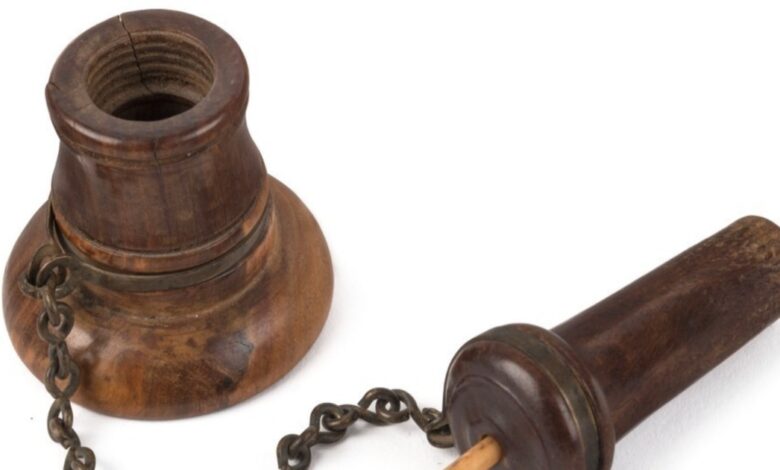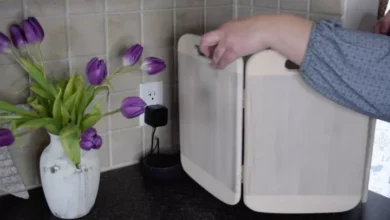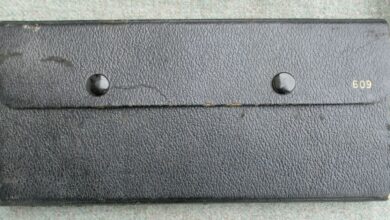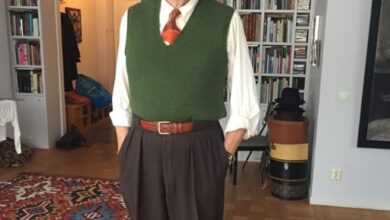
You’ll Never Guess What This Weird Little Wall Trumpet Was Actually For
So there I was, poking around this old 1800s house — wooden floors, creaky doors, full haunted-by-history motif — when I saw this weird little metal horn poking out of the wall. Looked like a tiny trumpet. Or perhaps something off one of those nice, old-timey ships. My first thought? Someone forgot part of their steampunk cosplay with a Victorian speaking tube mouthpiece.
Nope. Well, there is an answer: It’s a Victorian speaking tube mouthpiece, and it’s way cooler than it deserves to be.
Some Magic, No WiFi Needed
Essentially, this item is a component of an early home intercom system, featuring a Victorian speaking tube mouthpiece. I know, it sounds ridiculous now — what do you mean people used, like, tubes to talk to each other? But yeah. Well before phones or buzzers or hollering down staircases, people who lived in big ol’ Victorian abodes ran pipes so they could chat across those floors.
You’d talk into the mouthpiece (the flared part that I discovered), and your voice would travel through the tube to a distant room where someone else could hear you — and shout back at you using another Victorian speaking tube mouthpiece. It’s like the world’s fanciest tin-can telephone system. Only made of metal. And hidden behind plaster.
And you know what? Some of them even had whistles or bells in them, so you could “call” someone before you started talking. Picture puffing into a vessel to page the kitchen. That’s commitment.

Why Houses Even Had These
You have to imagine what life was like back then. They were not your typical two-bedroom bungalows. I mean multi-level mansions with servant quarters, drawing rooms, libraries… all the Downton Abbey extras. And if you were going to ask somebody to bring you water, or to tell the upstairs the coq au vin was ready, you didn’t really feel like hoofing it three flights.
So they put in speaking tubes. Handy, right?
One of my friends quipped it was the OG Alexa, and to be honest: not incorrect! Except, this one doesn’t monitor your shopping habits and play ads. There’s old-school voice, between rooms in the house.
The Mouthpiece Itself — Little Yet Mighty
The one I acquired was brass and had a springy little lever on one side, presumably for shutting it off when not in use. (To keep out dust. Or spiders. Definitely spiders.) Some even had cork or rubber stoppers. Like super simple, but shockingly effective. You say something into one end, someone else hears you on the other. No charging required.
And because these things were built in, they were typically constructed to match the house — recessed into paneling, painted to disappear. Which is perhaps why so many of us have marched right by the unique Victorian speaking tube mouthpiece without ever even noticing.
Honestly? I Think They’re Kind of Brilliant
There is something appealing about it. In a strange way, it feels even more intimate than texting the person you’re on your way to meet in the other room. You’d exhale (breathe into the mic) and lean in. “Hey, you coming down for dinner or what?” And they would respond through a pipe. How cool is that?
And from that smoking jacket-wearing design nerd standpoint, I love that it’s all 100% analog. No wires. No signal. Nothing but air, voice and a little old-school know-how. If it breaks, you don’t have to call an IT guy — but you might need a broom handle and some patience.
So What Do You Do If You See One?
Honestly? Leave it. Or even better, clean it up and show it off. They are conversation pieces, to many a fan of the old home (such as myself). Some will even restore the entire system if the tubes are intact. it has this, specialness, something to keeping that piece of history — something that united people before we became glued to screens.
You could also recycle it if the tube’s toast. I’ve known people to turn them into light fixtures or kooky wall decor. I want to do the same, but part of me wonders if we should try talking about it first. Just for kicks.




